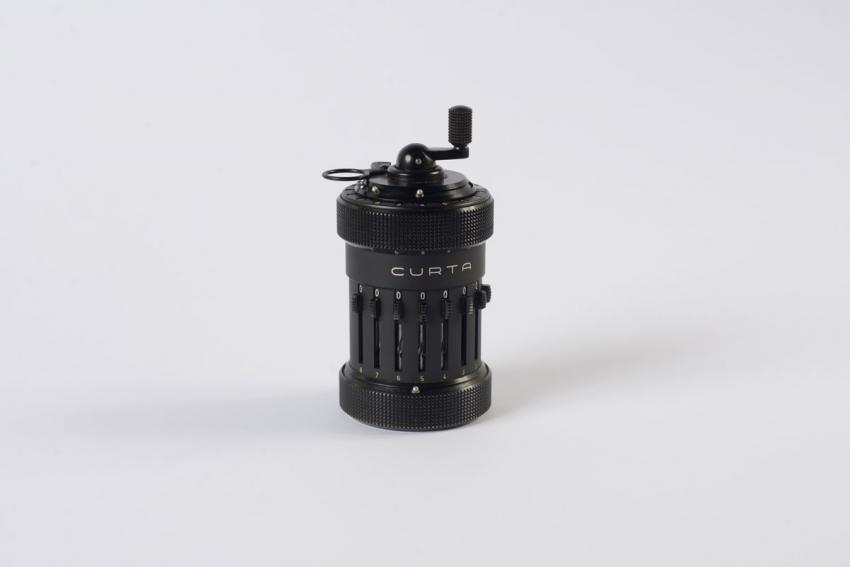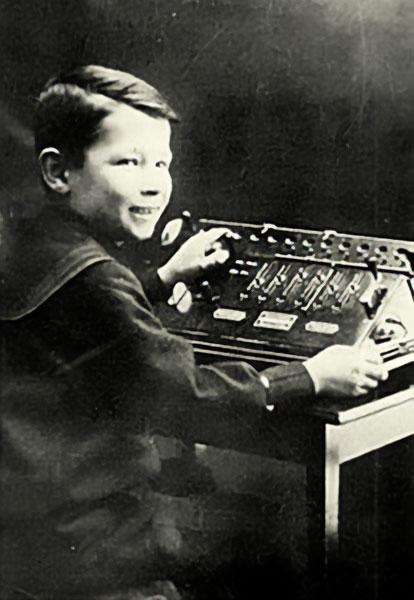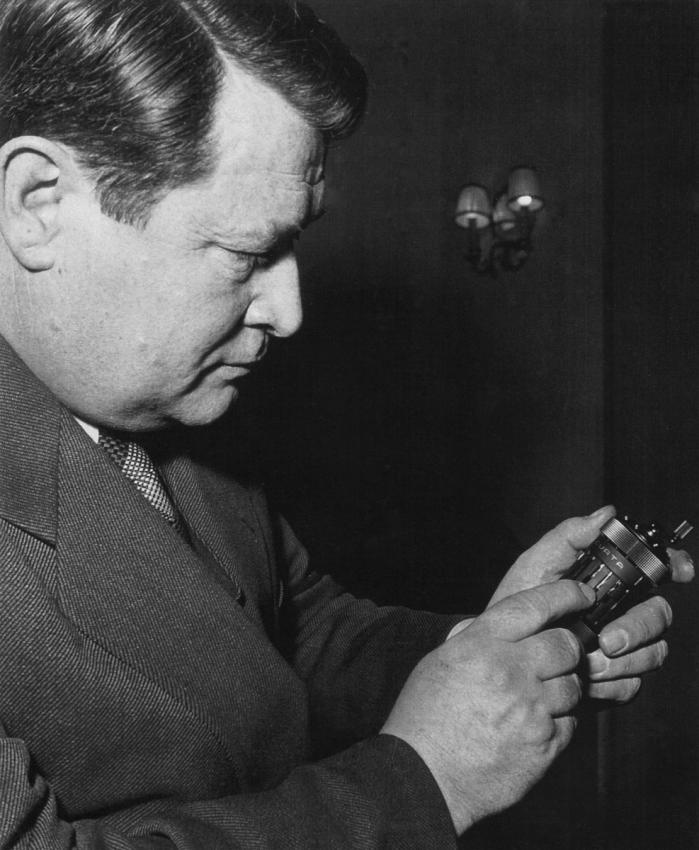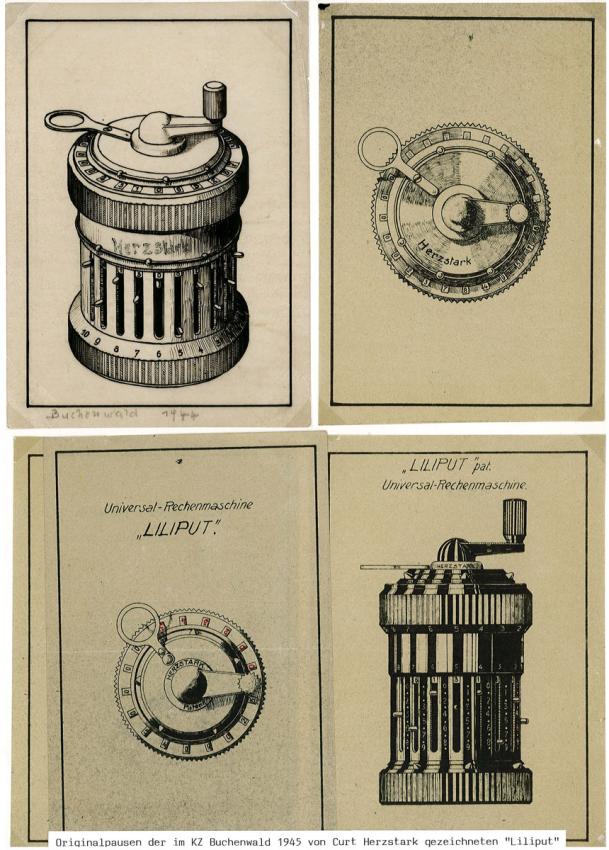The "Curta", a hand-held mechanical calculator that is able to calculate basic arithmetic functions, was invented by Curt Herzstark from Vienna, the son of a Jewish father and an Austrian mother.
Curt's inspiration for inventing the calculator came from his father Samuel, who founded the "Austrian Calculating Machine Manufacturing Company", an import export company. Samuel devised many improvements to existing mechanical calculators based on the first commercially-produced mechanical calculator, the "Thomas Arithmometer" that was invented in 1820.
Soon after Curt began to work in his father's company in his early twenties, he showed signs of having inherited his father's talent. He developed a number of technical improvements for calculators, the first being a mechanical memory for subtotals. Father and son registered dozens of patents that improved and optimized the capabilities of mechanical calculators.
Calculators created at the beginning of the twentieth century were large, and after a decade of meetings with clients of the firm across Europe, Curt was convinced of the necessity for a small and portable hand-held calculator. Curt's singular innovative thinking led him to first consider the required outer form that would enable the user to use it while holding it. Only after choosing a small cylindrical casing to house the machine did he design the inner workings.
After Samuel Herzstark's death in 1937, Curt took over the running of the business. By this time he had managed to draw up plans for his small calculator and even to build a few prototypes, but the Anschluss and subsequent events disrupted the possibility of going ahead with the final design and production.
Marie, Curt's non-Jewish mother was listed as the owner of the factory and though the business was not confiscated, production dropped and the financial situation became precarious. They ultimately managed to avoid closure by signing a contract to supply the army, which ignored the factory's Jewish connections.
Curt continued to manage the factory, but in 1943 he was arrested after attempting to defend two factory workers who were accused of listening to British radio and spreading the information. He was subsequently deported to the Buchenwald camp. His technical abilities saved him when he was chosen to work in the "Gustloffwerke" factory under supervision of the SS, where the prisoners had better conditions. His management skills were noticed, and he was promoted to factory supervisor, a position that enabled him to save a number of camp inmates.
When the camp commander discovered Curt's work on the pocket calculator, he allowed him to continue development on this invention "in his free time", hoping to present the calculator to Hitler as a victory gift.
After the camp was liberated in April 1945, Herzstark took his completed drawings of the design of the "Curta" to a former business associate in Weimar who put him in touch with a factory that produced three prototypes of the machine. In 1946 Curt was able to register a continuing patent on the invention in Vienna, but to begin mass production it was necessary to find funding. He tried unsuccessfully to raise money until he was invited to the palace of the Prince of Lichtenstein who offered to fund the production of the calculator. The production of the "Curta", based on the plans completed in Buchenwald, commenced in 1949.
The "Curta" was produced until 1972, when it was superseded by the electronic calculator.
The "Curta" that was donated to Yad Vashem in order to perpetuate the story of Curt Herzstark demonstrates how Nazi Germany appropriated not only the lives of Jews, but also their talents and ingenuity. The idea of presenting Hitler with an innovative device designed by a Jewish prisoner demonstrates the Nazis' cruel and cynical exploitation of their victims. At the same time it is ironic that an invention by a member of the Jewish people that Hitler wanted to annihilate, could be found appropriate and fitting to be presented to Hitler himself.
Artifacts Collection, Yad Vashem Museums Division
Donated by Peter Regenass, Switzerland














